How to harvest California poppy seeds – our comprehensive guide to saving and storing seeds
Learning how to harvest California poppy seeds is an easy and free way to grow more of these colorful plants
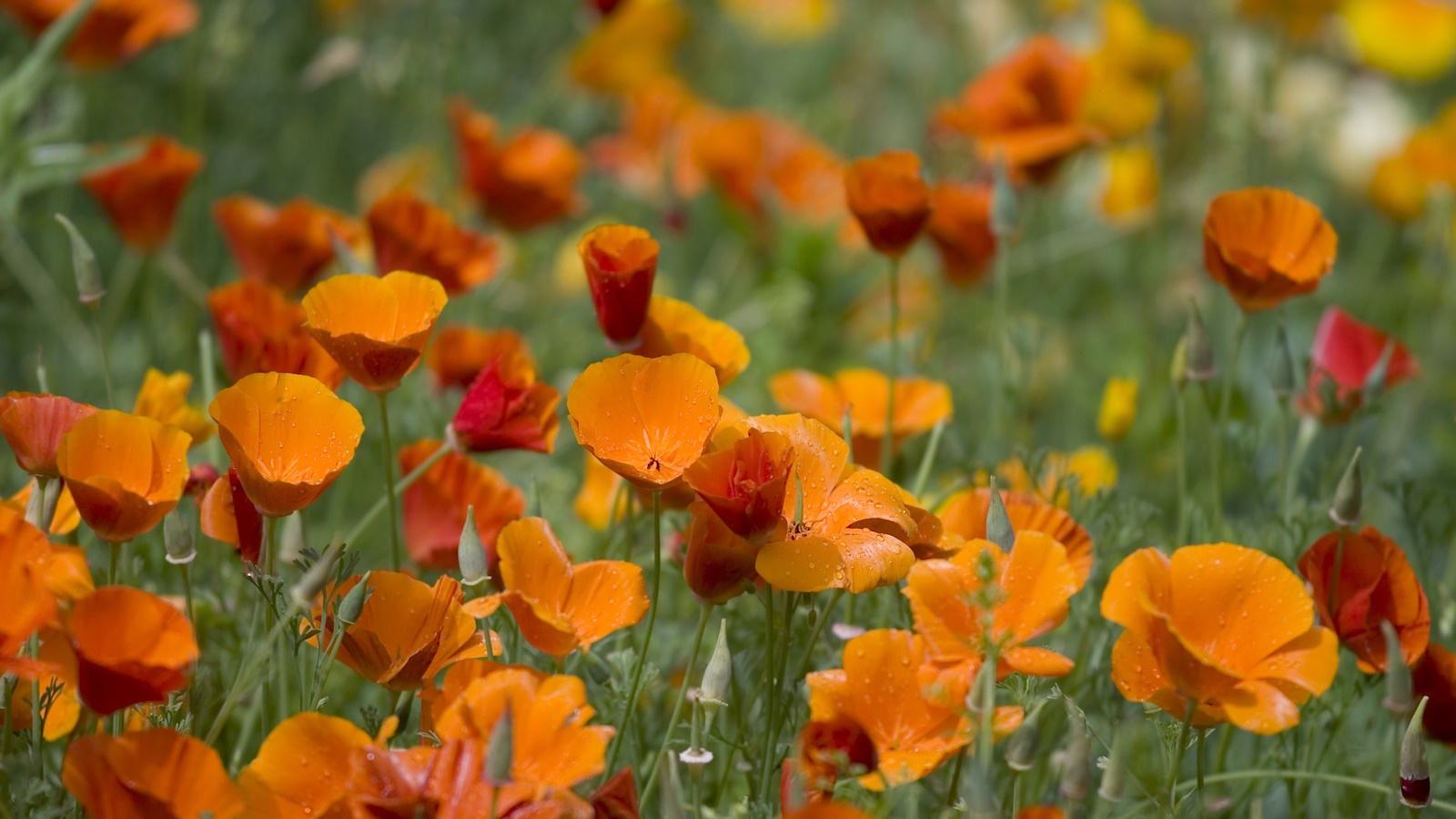

Each spring, a wave of orange sweeps across the Western United States, with the California poppy, Eschscholzia californica, seen blooming throughout much of Arizona, California and New Mexico. Over the last centuries, this plant has traveled across oceans and is today a popular flower that is grown worldwide.
After flowering, during summer, seed pods develop that contain many hundreds of poppy seeds. Learning how to harvest California poppy seeds is straightforward, and by collecting the seed you can be sure of a bountiful display of poppies in the years to come. This Californian native plant is renowned for both its reliability and resilience. It is remarkably drought-tolerant, thriving in arid environments and hot climates.
As a professional gardener, I have grown California poppies in many gardens where I have worked over the last seven years and can testify that these poppies are tough plants. Here, I share all I know about poppy seed harvesting and storage.
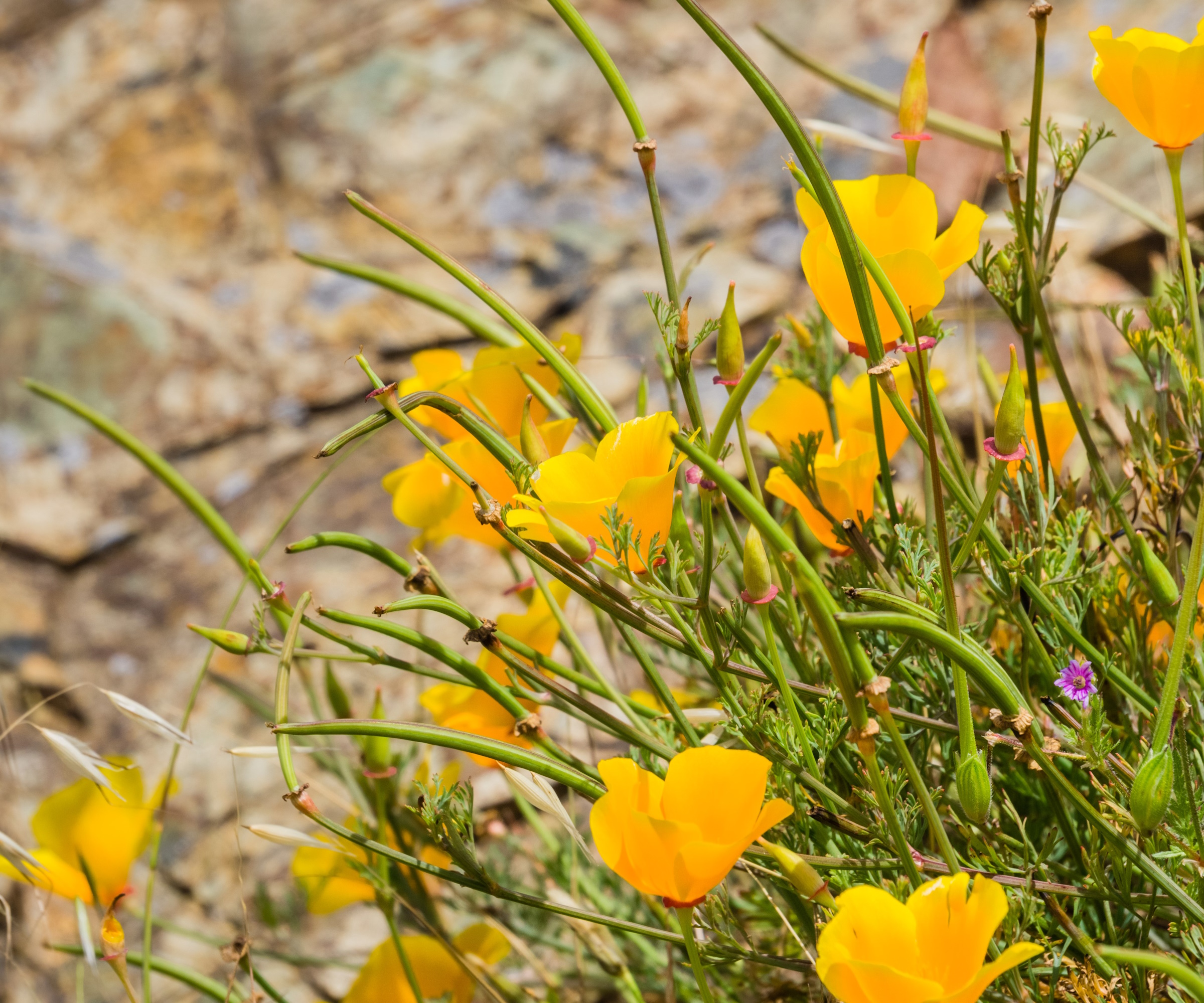
How to harvest California poppy seeds
Harvesting California poppy seeds is a free and fun gardening task to add to your summer gardening checklist. Collecting seeds is very simple, but the trick is knowing the right time to harvest, or risk the seedpod bursting and scattering across your yard.
When to harvest California poppy seeds
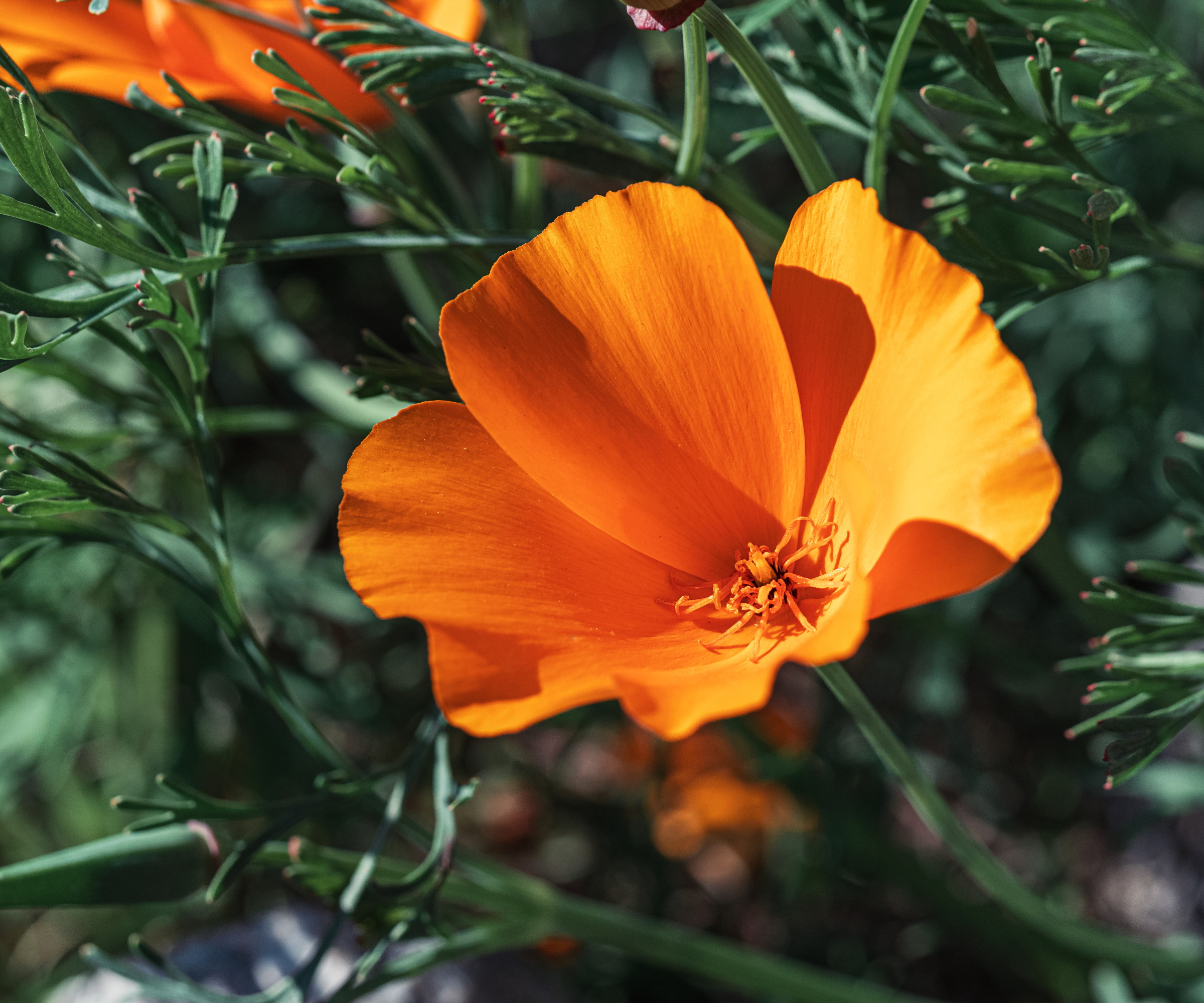
To successfully harvest seeds from this California native plant, you need to be ready to collect ripe seeds during the summer months. Poppy plants can produce seeds anytime from May right through until October, depending on the blooming time where you live and your US hardiness zone. In northern regions, such as US hardiness zone 5, including states like Iowa and Nebraska, harvesting time can be much later in the summer when compared to southern states, like Texas and Georgia.
Importantly, you need to keep a watchful eye on your California poppy plants. California poppy seeds are incredibly fine, which means that once they are ripe and ready, the seed pod can easily be scattered by the wind or wildlife.
Seed pods develop from the center of the flower and will appear long and thin, as seen in the images above. These seed pods can turn from green to brown in a matter of days, so monitoring your plants on a daily basis is a good idea during the summer.
You want to give your seed pods enough time to develop on the plant, but you also want to catch them before they burst open. As soon as they appear brown and slightly dry, it is time to harvest them.
Alternatively, if you are seeking wildflower garden ideas, you can leave your poppy plants to self-seed where they like. As a gardener, I find that those plants that sporadically and randomly germinate across the yard will often prove to be tough, healthy specimens.
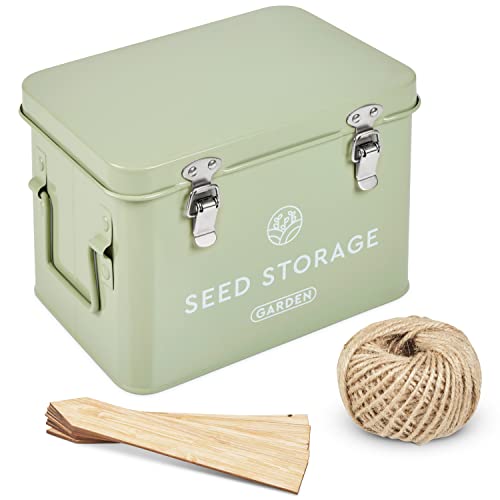
This attractive and practical tin is perfect for storing all of your precious seeds. With a clever design, this seed box will ensure that you never lose a seed packet again.
How to harvest California poppy seeds
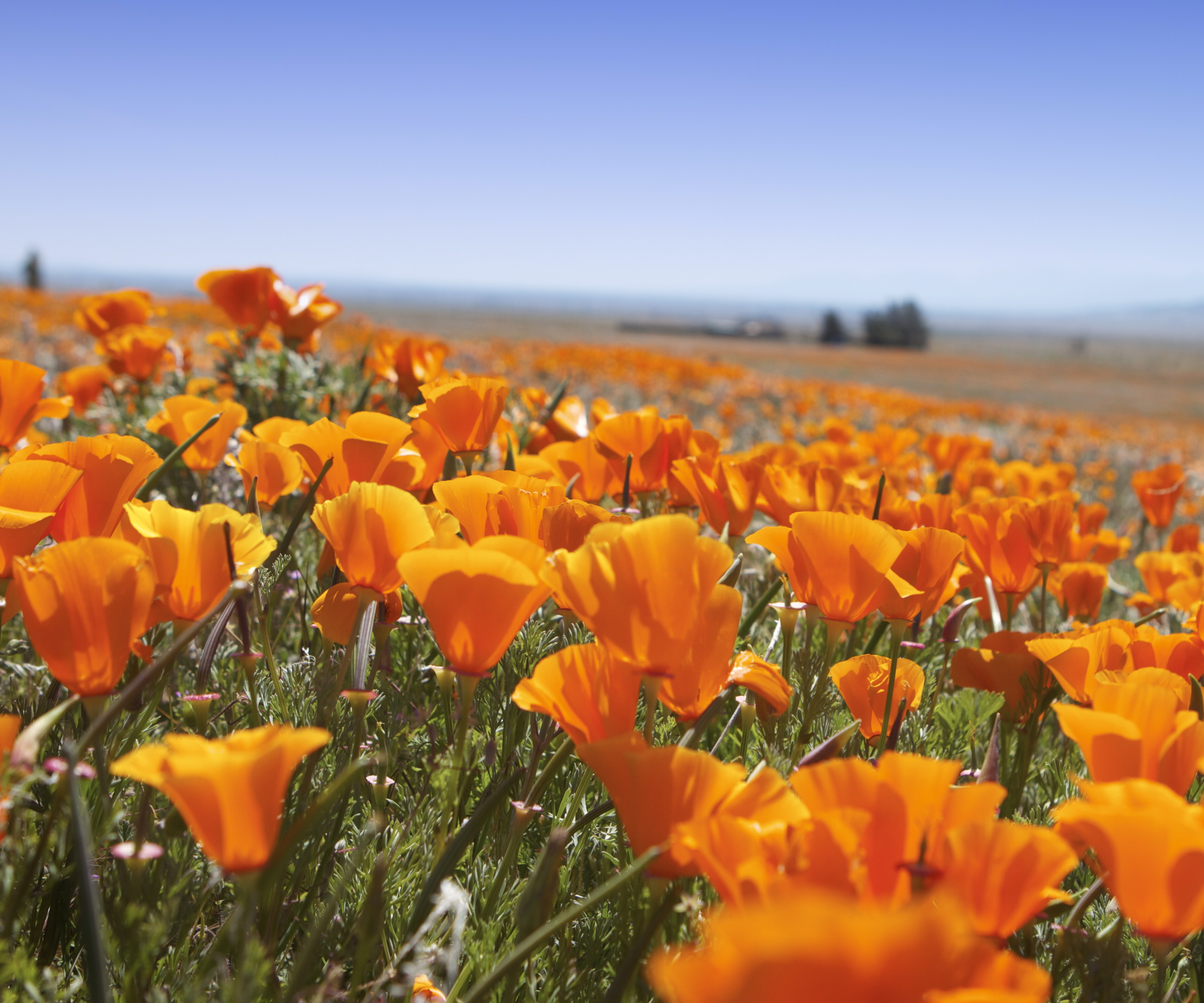
To harvest California poppy seeds, you will need clean, sharp tools, such as these Felco snips from Walmart, and a small garden trug, available from Amazon. On a mild, dry day, carefully snip the brown seed pods, cutting them over a bucket or dish to ensure that no seeds are lost.
Once you have collected the seed pods, it is time to clean them. I find this is best done in a sheltered room indoors, to prevent the wind from causing you any trouble. Gently work the poppy pods between your fingers, encouraging the seeds to drop. If the pods are already very ripe and dry, they should easily loosen.
Place the clean seeds in a different container from the unwanted seed pod material, also known as chaff. Do not worry if a small amount of chaff finds its way into the harvested poppy seeds, but try to remove as much as possible.
In a still environment, dry your seeds on a paper towel placed on a flat surface. Be sure to keep them in a cool, dark room. After a few days, you can then gather up your dry seed and place it in small paper envelopes. Place your seeds in a storage box or tin in a cool place. One of the most common seed-storing mistakes is to keep seeds in a location that is too hot. Warm environments will reduce the viability of your seeds.
Be sure to write the name and date on the envelope, so you remember what you have harvested. Blank seed packets are not ideal when the time comes to sow seeds in the spring - this has happened to me once too many times.
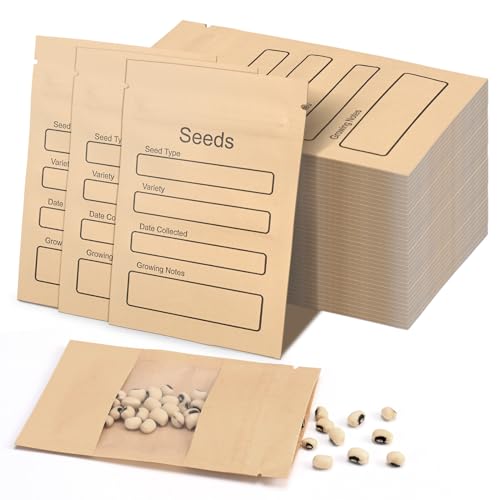
These seed-saving envelopes are designed with a clear window that will allow you to quickly identify the contents inside.
FAQs
How long do California poppy seeds keep for?
California poppy seeds can remain viable for several years, so long as you harvest and store your seeds correctly. With each passing year, however, the viability will decrease, so for the best chances of success, I recommend using them within four years.
Learning how to harvest California poppy seeds is a fun and free way to grow more of these vibrant plants - and who wouldn't want masses of orange blooms in their yard? For more reliable and resilient plant inspiration, see our guide on some of the best plants for poor soil, for poppy alternatives that will not disappoint wherever they are grown.
Sign up to the Homes & Gardens newsletter
Design expertise in your inbox – from inspiring decorating ideas and beautiful celebrity homes to practical gardening advice and shopping round-ups.

Thomas is a Content Editor within the Gardens Team at Homes and Gardens. He has worked as a professional gardener for both public spaces and private estates, specializing in productive gardening, growing food and flowers. Trained in Horticulture at the Garden Museum, he has written on gardening and garden history for various publications, including The English Garden, Gardens Illustrated, Hortus, The London Gardener and Bloom. He has co-authored a Lonely Planet travel book, The Tree Atlas, due out in 2024.
-
 I thought I hated gray, but this one paint changed my mind and now I use it all over my home
I thought I hated gray, but this one paint changed my mind and now I use it all over my homeWhy Farrow & Ball Pigeon defies everything I loathe about gray paint
By Sophia Pouget de St Victor
-
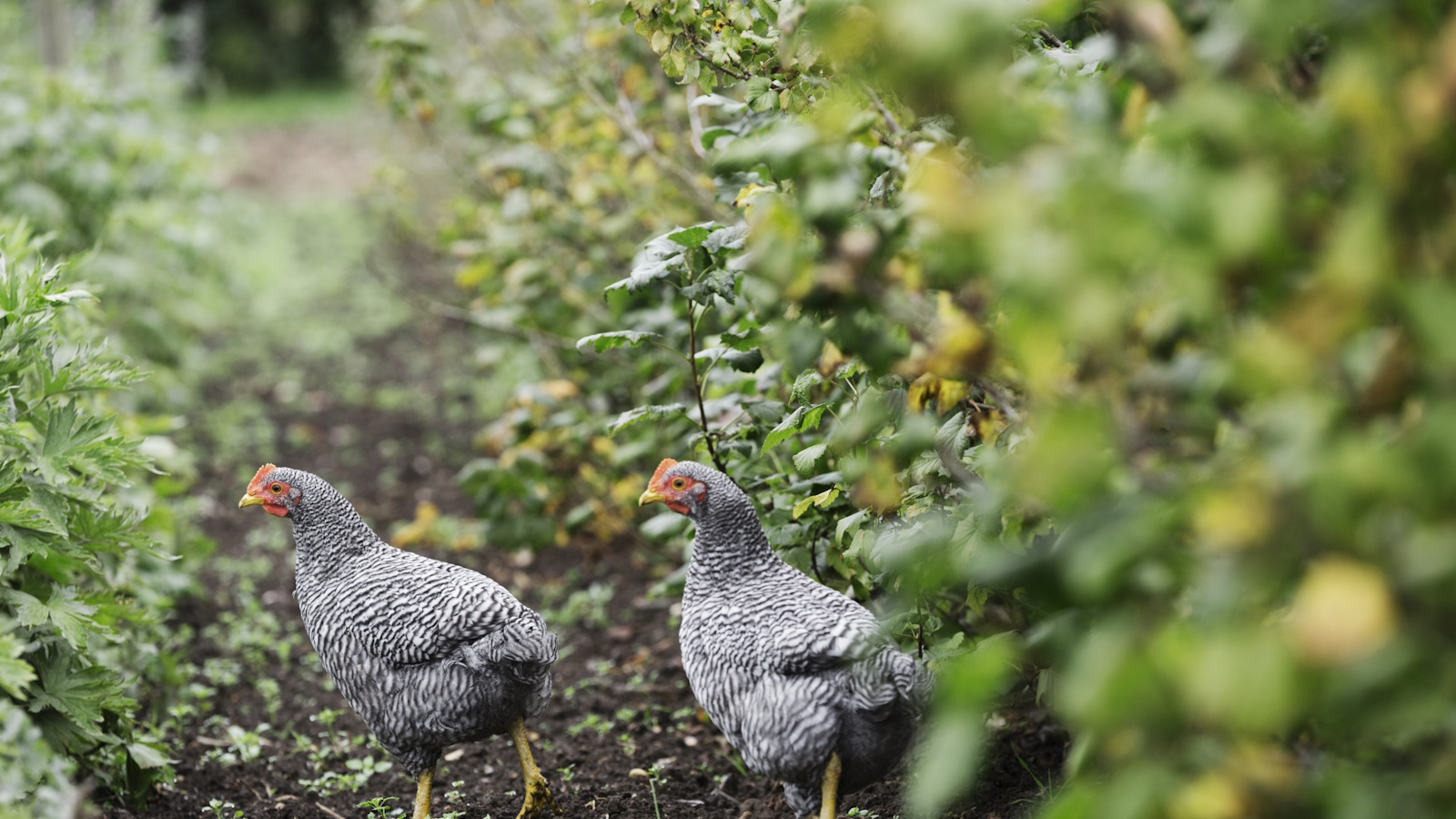 Best plants for a chicken run – 7 fragrant and floral plants for happy hens and beautiful coops
Best plants for a chicken run – 7 fragrant and floral plants for happy hens and beautiful coopsYour chicken run can be every bit as beautiful as your own garden, so long as you do your research first
By Kayleigh Dray